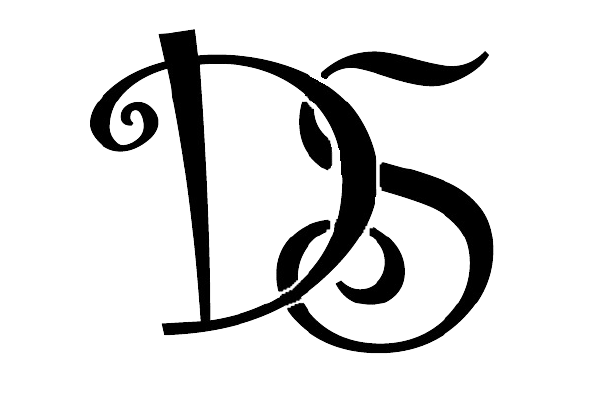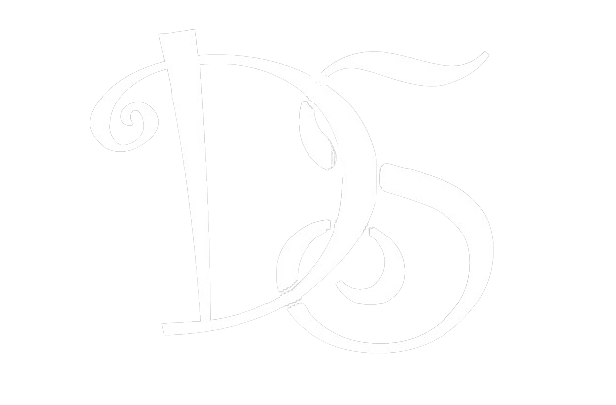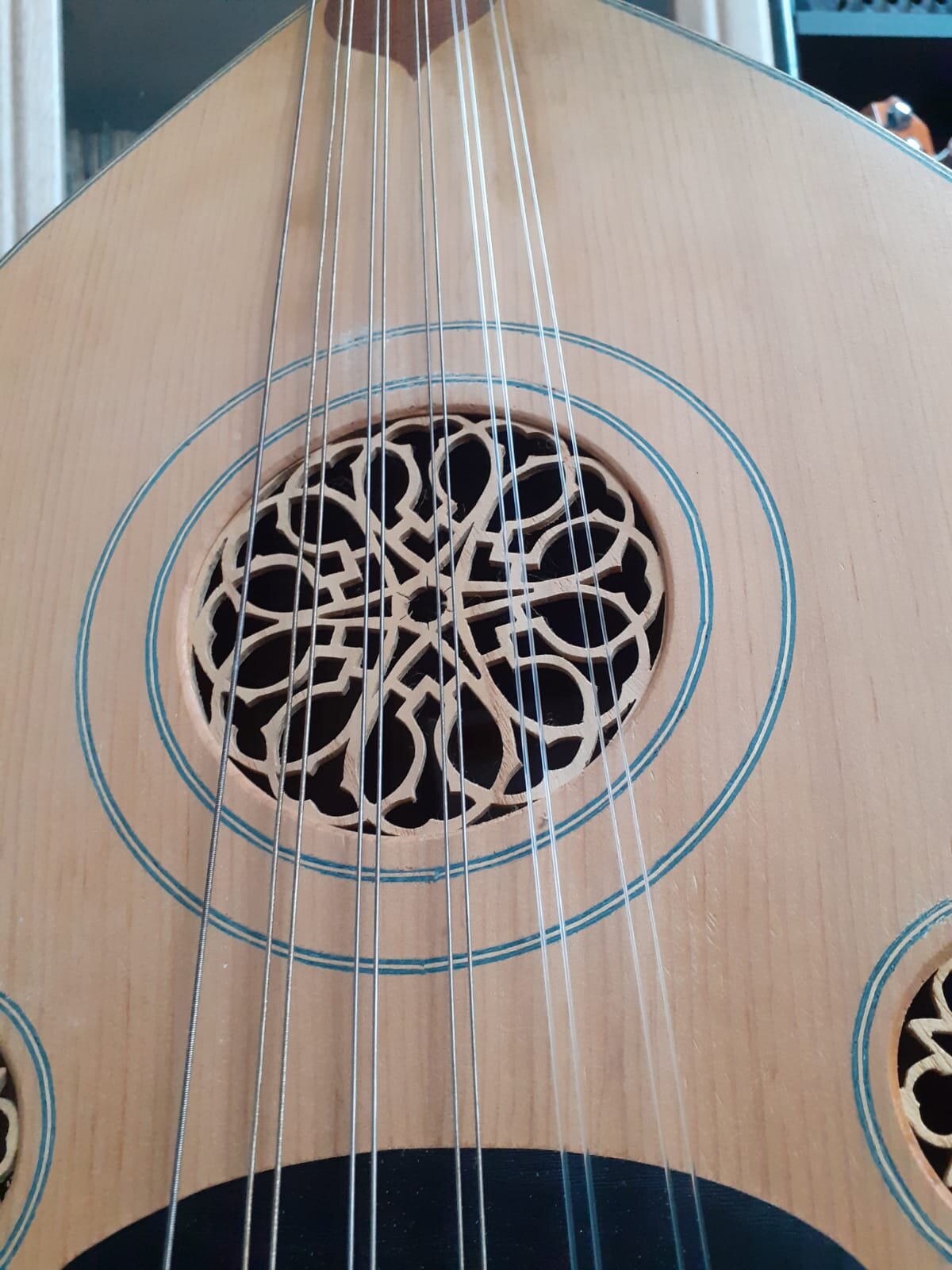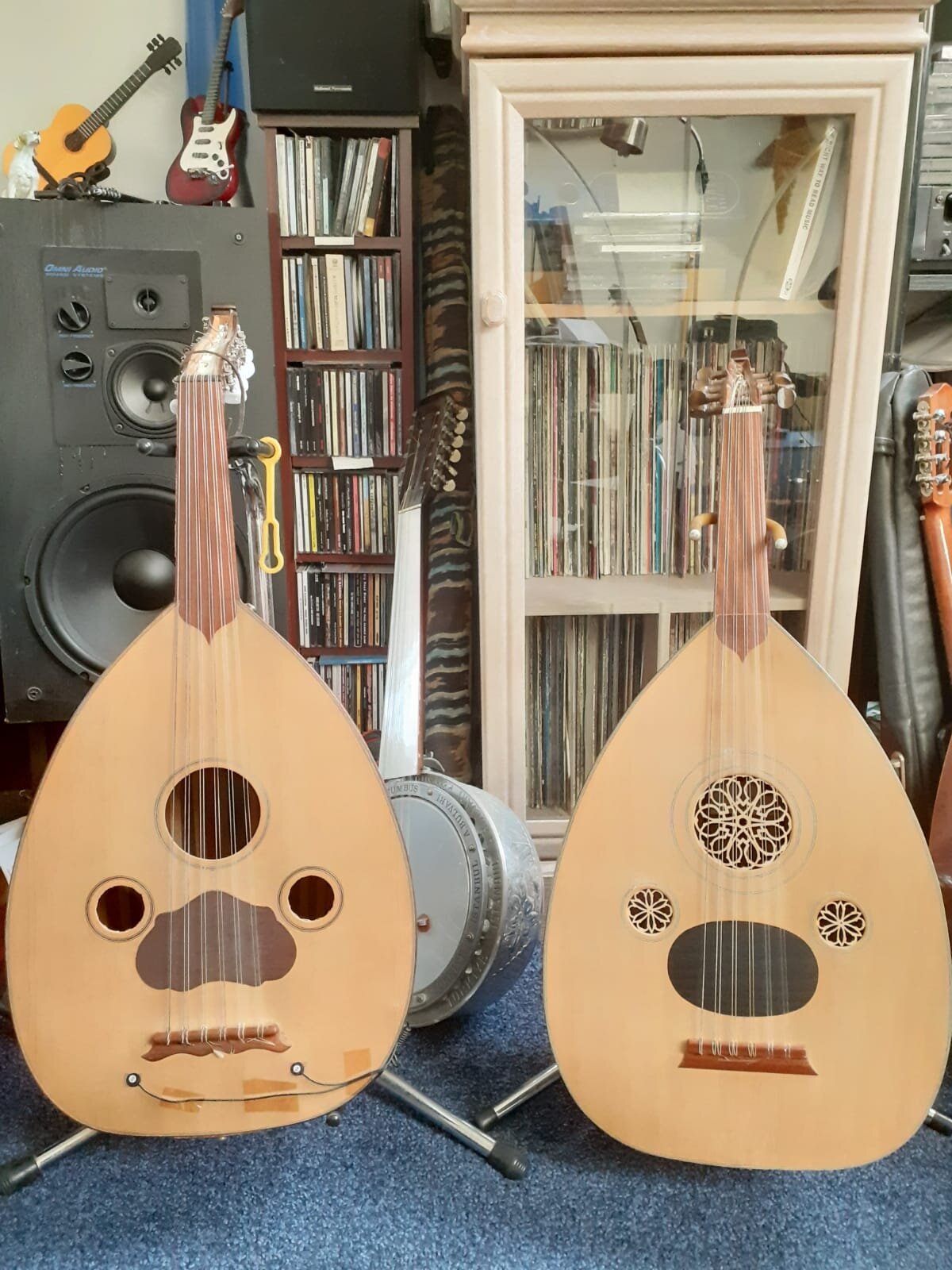The Oud
(Luthier: Omer Uysal)
If we were to write a comprehensive history of the guitar, the oud would surely deserve a special chapter. In fact, it could be argued that without this ancient instrument we probably would have never enjoyed the music of B.B King, Jimi Hendrix and Django Reinhardt. The history of this instrument is long, glorious and surely worth telling.
The oud as we know it was first developed in modern Iran in the 11th century. It was based on a middle eastern lute that had been around since 3000 BC, that’s a staggering 500 years before the pyramids at Giza were built!
During the middle ages Arab culture rapidly spread west, and so did the oud. In Spain it inspired the guitarra latina that would later evolve into the Spanish guitar, from which all other types of guitar evolved.
Of course, lute-shape instruments like the Latin cithara had been around western Europe for many centuries, so perhaps history is not as linear as I just described it, but there seems to be a consensus that most western lutes derive from the Middle Eastern lute, ancestor of the oud that is now sitting unsteadily on my lap.
But this is not my first oud. I still have the one I bought back in the early nineties, thanks to my dad …and destiny!
D.Sanna senior and I shared a passion for exotic instruments, particularly string instruments. One fine morning, as we went for a stroll near my school, our steps took us to a tiny secondhand guitar shop. As soon as we walked in we caught sight of a strange, unusual and good-looking instrument hanging on the wall. Due to its shape it was hung back to front so it was hard to make out what it was. All I could see was the beautiful wooden stripes on its round body. That oud must have been hanging there gathering dust for a long time, and it would probably still be there if I hadn’t walked in there with the right person at the right time. I doubt I would have bought it without my dad’s encouragement. I remember the moment he stared at me as if to say “What are you waiting for?”. I picked it up, played a few simple licks and felt the notes vibrate inside my chest. It sounded good, it felt great …and so we bought it!
Fast forward 20 years. We’re in London in the late 2000s. A friend who’s also into world music, decides to sell one of his ouds. A few years earlier he’d specifically gone to Istanbul to get this one and subsequently had it fitted with a K&K pickup. He also replaced the original wooden tuning pegs with more practical classical guitar machine heads. Smart move because these instruments are notoriously tricky to tune and, most importantly, keep in tune for longer than a few bars. Though I wasn’t planning to get another oud, I thought this was an opportunity too good to miss. The price was reasonable and the instrument was amazing. And so I bought it!
Having an oud and being able to play it gave me a lot of joy and, perhaps surprisingly, a lot of work throughout the years. You would expect it to be such a niche instrument and that competition between players would be fierce, but fortunately I was hired several times for studio and live sessions. And of course I used it on all of my albums.
It also allowed me to meet great musicians, like that time I had a little jam with a Tuareg oud player. We had a great time and in those few minutes learned a lot from him, though I must admit it took me a while to gain his respect. Initially, I’m pretty sure, he was a bit put off by this European kiddo who played the instrument he loved so much. I was very young and he looked old, almost biblically old. As it’s often the case, ethnic instruments come with a cultural and often religious baggage, and an outsider’s enthusiasm can easily be mistaken for disrespect. I found out that if you tread carefully and respectfully people will usually understand that you’re genuine. Incidentally, a similar encounter happened in a tropical jungle near the Thai/Burmese border, when I played a traditional Thai instrument called sueng with a local man. Perhaps I’ll tell you this story another time if I get around to reviewing my sueng, but my point is that these encounters go to show that music is about sharing experiences, going back to the core of our existence, where we’re all alike, regardless of our history, appearance, religion and cultural background. Music thrives thanks to these cultural exchanges.
Another oud-related memory is when I saw an amazing Egyptian virtuoso delighting a huge audience at Greenwich Park. Him and his band rocked like AC/DC! This could well be one of the best concerts I’ve ever attended. I actually remember the moment that big band with darbouka, oud and amazing singers started to play and the crowd that was lazily bathing on the hill under the hot July sun, rushed down the hillside to dance in front of the stage. What an entrance that was!
I’m in awe of such players! In this age of online gigs and remote recording sessions, I find it refreshing and reassuring to go back to a music that uses no technology and no gimmicks. It’s a music that is all about the shared experience of creating beauty with your fellow musicians, all in front of a real audience.
A lot of oud music is sublime. Below you’ll find a short list of great oud players that you should definitely check out. I could never hope to match their ability, their deep knowledge of the instrument and the culture that surrounds it. I just hope that my diverse musical background makes me a versatile player, at least in a western context, so that I can adapt my oud playing to different genres, within the limitations of the instrument and, of course, my very own limitations.
After years using a guitar pick, I finally started playing the oud with a mezraab (also known as risha), the long flat pick oud players hold within their fist. It took a while to get used to the totally different hand position and, even if it didn’t make much difference in terms of tone or playability, I find that trying to play it the traditional way is a nice tribute to the history of the instrument.
In terms of tuning, curiously, an oud has eleven strings. Ten strings are in pairs, while the lowest string is single. There are several types of oud that differ ever so slightly. The main ones are Turkish oud, Arabian oud and Persian barbat. They are normally tuned differently, due to stylistic choices and regional differences. Both my oud are from Turkey. I usually have the old one in the traditional Turkish tuning (C#, F#F#, BB, ee, aa, dd), while the other is in a alternative tuning (E, AA, BB, ee, aa, dd).
The oud was my introduction to fretless instruments. For us guitarists the absence of the frets can be a daunting experience at first, but with a bit of practice muscle memory sets in and suddenly you’re in a new realm where quarter tones, slides and vibratos become another tool to express your emotions. It’s almost like your ear tunes to the nuances that a life without frets offers and you find yourself playing melodies that you never thought existed. And then you even transfer those sounds to the guitar. It’s a win-win situation!
This is an unexpected side effect that I’ve experienced many times. What I learned on the oud ultimately ends up informing the way I play guitar. It’s almost like I’m playing guitar but here and there I would like to sprinkle a little bit of oud over what I’m doing. This influence in my guitar playing is perhaps more evident with instruments like pedal steel, mandolin and mandola.
Did you know that the popular DADGAD tuning many of us guitarists love was stolen from the oud by the amazing Davey Graham, back in the 60s? Mr Graham and his alternative tuning went on to inspire a generation of rock guitarists, including Jimmy Page and Richard Thompson.
An in-depth study of the oud will inevitably take you to the magical and mysterious world of makam. Makam (or maqam) is a complex system of modes, intervals and melodies used in traditional Arabic music. A lifetime is probably not enough to fully understand the complexity of makam. It surely helps to have been born within the rich and fascinating middle eastern musical heritage. If, like me, you’ve been brought up on a barren rock in the middle of the Mediterranean sea, you can always draw on early childhood memories and bits of Africa still present in your dna and hope that it’ll be enough to guide you through the world of makam and the mysterious 11-string instrument we call oud.
You can easily get lost in the historical and technical details of the oud, but ultimately, playing this instrument is all about the joy of making music, and you can find your own way of playing it, same as we naturally do with more popular instruments like the guitar or the piano.
Personally, I could spend hours playing my oud in glorious solitude. And if I’m lucky enough to play it front of an audience some time in the near future, I can only imagine how great it will feel.
The oud has a deep, soulful, ancestral tone, a voice that carries a message that’s been around for 5000 years. Long may it continue to sing its mystical tunes!
Here’s my list of the great oud played I’ve been listening to lately:
Yurdal Tokcan, Simon Shaheen, Dhafer Youssef , Ara Dinkjian, Nasser Shamma, Adel Salameh




